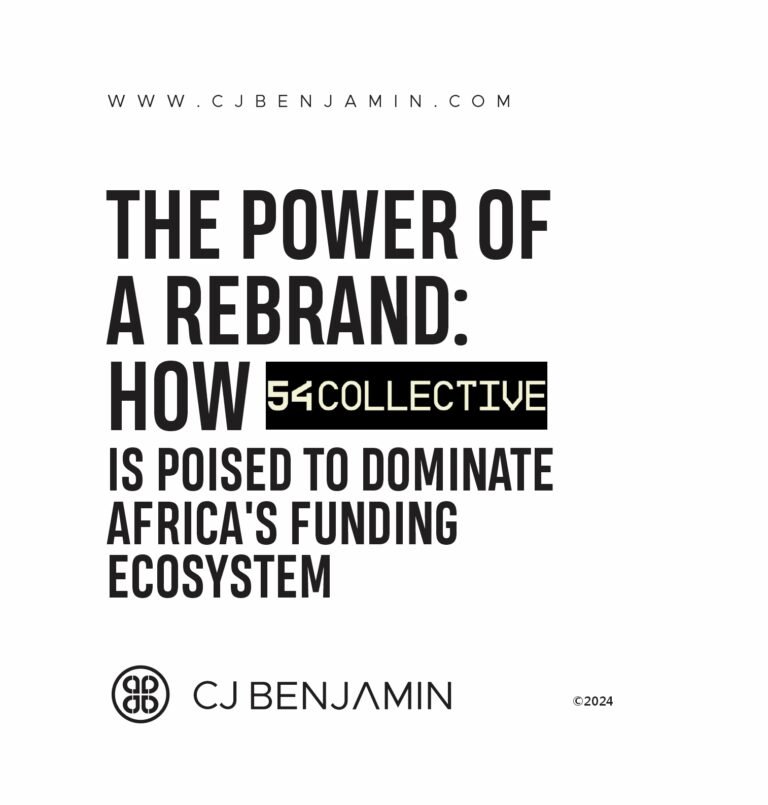In the contemporary business landscape, enterprise-grade branding emerges as a critical strategy for both startups and large corporations. Differentiating from traditional branding, enterprise-grade branding anchors on a robust and cohesive brand identity that integrates seamlessly across all facets of a business. This involves not only a distinctive logo and visual elements but also a consistent brand voice that communicates the company’s core values and mission with clarity and uniformity.
Brand identity encompasses the visual and emotional representation a company projects to its audience. This includes logos, color schemes, typography, and overall design aesthetics—elements that collectively define the brand’s personality. Equally pivotal is the brand voice, which refers to the tone and style of communication that a company employs across various channels, fostering a connection with the audience through consistent messaging. Brand consistency, the third cornerstone, ensures that these elements remain uniform and recognizable across all platforms, instilling a sense of reliability and professionalism.
The distinction between enterprise-grade branding and standard branding lies in the scale and systematic approach. For large corporations, enterprise-grade branding is a means to maintain a unified image and message amidst vast operations and multiple geographic locations. For startups, it provides a foundation to establish their presence and credibility in a competitive market. Regardless of the company’s size, the emphasis on a cohesive brand strategy is vital. Don’t want to continue reading? Start your branding project here or book brand consultation here
Investing in a strong brand yields myriad benefits. A well-articulated brand builds trust and credibility, essential factors in cultivating a loyal customer base. It also plays a significant role in attracting new customers by creating a memorable and differentiated market presence. In an environment where consumers are bombarded with countless choices, a compelling brand identity can be the deciding factor that sets a business apart.
Strategies for Startups to Achieve Enterprise-Grade Branding
Creating an enterprise-grade brand might seem an intimidating task for startups, but with the right strategies and investments, it is an attainable goal. One of the most foundational steps is to invest in professional design services. High-quality design forms the bedrock of a compelling brand image, from logos to websites. Design professionals bring a wealth of expertise that ensures brand visuals are polished and resonate with the target audience.
Another essential component is developing a coherent brand strategy. This involves a deep understanding of the brand’s core values, vision, and mission. Startups must articulate their unique value propositions clearly. A comprehensive brand strategy encompasses everything from graphic design standards to tone of voice guidelines, ensuring a unified brand presence across all channels.
Leveraging technology solutions can significantly benefit startups in maintaining brand consistency. Tools like brand asset management software enable easy access to up-to-date brand materials for all stakeholders, ensuring uniform usage across various platforms. Moreover, project management tools help keep branding initiatives on track and facilitate team collaboration.
The importance of storytelling cannot be overlooked. Compelling narratives help build a genuine connection with the audience. Startups should focus on authentic storytelling that aligns with their ethos and resonates on an emotional level. Companies like Warby Parker and Airbnb exemplify how powerful storytelling can contribute to a strong brand presence. Warby Parker’s story of affordable eyewear and social responsibility has been pivotal to its success, while Airbnb’s personal stories of hosts and guests have humanized the brand.
Brand authenticity and customer engagement also play crucial roles. Authentic brands that communicate transparently with their customers tend to foster stronger loyalty. Engaging with customers through social media, surveys, and community events can create a sense of belonging and foster a deeper connection with the brand.
In conclusion, startups aiming for enterprise-grade branding should invest in professional design, develop a coherent strategy, leverage technology, craft authentic narratives, and actively engage their customer base. By concentrating on these areas, startups can build a formidable brand presence that rivals even the most established enterprises.
Challenges and Solutions for Large Corporations in Maintaining Enterprise-Grade Branding
Large corporations face unique challenges in maintaining enterprise-grade branding, often due to their multifaceted operations and vast geographical spread. One of the primary issues is brand dilution. As the company expands, both organically and through acquisitions, it becomes increasingly difficult to uphold a unified brand identity. Multiple divisions or regional offices might develop their variations of branding guidelines, leading to inconsistencies that dilute the core brand message.
To counteract brand dilution, centralization of brand management is imperative. By establishing a dedicated brand management team or department, corporations can monitor and enforce branding standards across all divisions. This team acts as the brand’s guardian, ensuring uniform representation and messaging. Regular training and communication with regional offices about the importance of maintaining brand cohesion further support this effort.
Another significant challenge is maintaining brand consistency across multiple divisions or regions. Variations in local market conditions and cultural nuances often necessitate adaptations, which can inadvertently lead to inconsistencies. Adopting flexible yet consistent branding guidelines can address this issue effectively. By allowing some degree of localization while adhering to core brand elements, companies can maintain brand integrity and relevance.
Keeping a brand relevant in a fast-changing market is another hurdle for large corporations. Continuous market research and agile adaptation strategies are crucial to staying ahead. Monitoring market trends, consumer behavior, and competitor strategies can offer insights into necessary brand adjustments or innovations. For instance, Apple continually evolves its branding while retaining its core elements, ensuring relevance and consistency over time.
An exemplary case study is Coca-Cola, which manages to maintain a consistent global brand while accommodating local tastes and preferences. Through centralized brand management and adaptable branding strategies, Coca-Cola has successfully upheld its enterprise-grade branding, attesting to the efficacy of these best practices.
Future Trends in Enterprise-Grade Branding
The landscape of enterprise-grade branding is poised to undergo significant transformations driven by emerging trends and technological advancements. One of the most impactful developments is digital transformation. As businesses increasingly integrate technologies such as artificial intelligence, big data, and machine learning, the scope and precision of branding efforts are expected to escalate. These tools enable companies to gather deeper insights into consumer preferences, allowing for highly personalized marketing strategies that resonate with target audiences.
Another pivotal component shaping the future of branding is the role of social media and influencer marketing. Platforms like Instagram, TikTok, and LinkedIn have become critical channels for brand engagement, fostering direct connections between businesses and consumers. The rise of micro and nano influencers, individuals with smaller yet highly engaged follower bases, is democratizing influencer marketing, making it accessible not just to established corporations but also to startups. Leveraging these influencers can significantly enhance brand visibility and credibility.
Moreover, sustainability and corporate social responsibility (CSR) are becoming cornerstones of successful branding. Consumers are increasingly discerning, preferring brands that demonstrate a commitment to ethical practices and environmental stewardship. Companies that prioritize sustainability and transparently communicate their CSR initiatives are likely to gain a competitive edge. For both startups and large enterprises, embedding these values into their branding strategies can foster trust and loyalty among consumers.
To thrive in this dynamic environment, adaptability and innovation are crucial. Brands must be willing to pivot and experiment with new approaches to stay relevant. Employing agile methodologies, continually assessing market trends, and being receptive to consumer feedback will be instrumental in maintaining a strong brand presence. Both startups and established corporations must cultivate an organizational culture that values creativity and responsiveness to navigate the complexities of modern branding effectively.
In this ever-evolving branding landscape, the ability to stay ahead hinges on a blend of technological integration, innovative marketing strategies, and a sincere commitment to social and environmental values. By embracing these elements, businesses can secure a lasting and impactful brand presence for the future.
I hope this helps? Want to brand or rebrand your startup or company? Get in touch here or email contact@cjbenjmain.com



